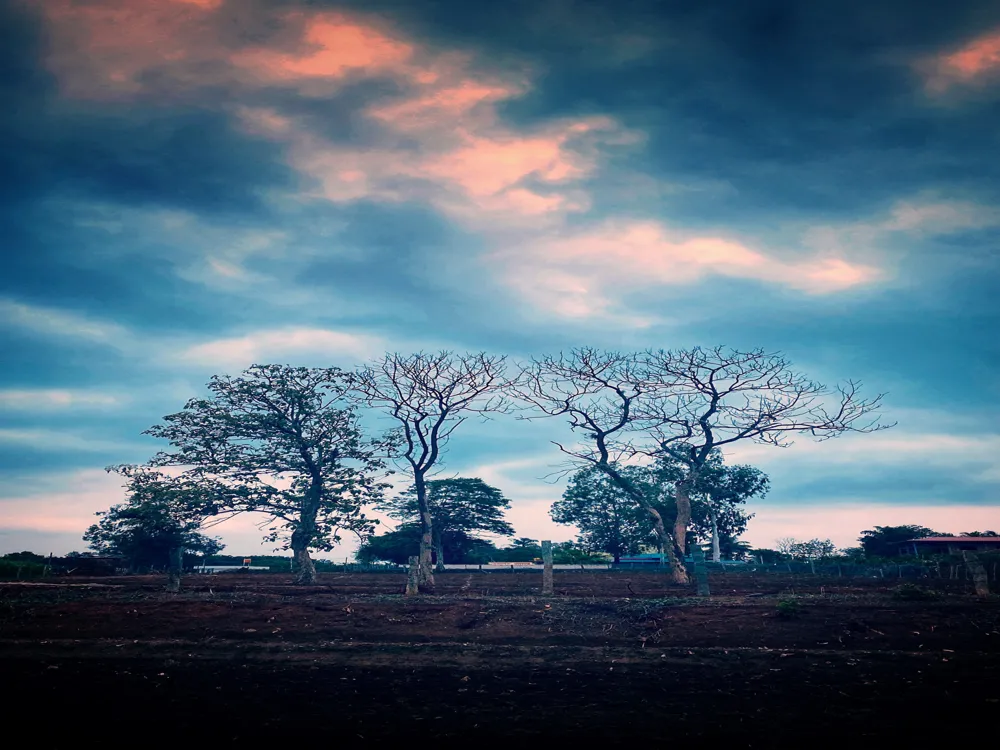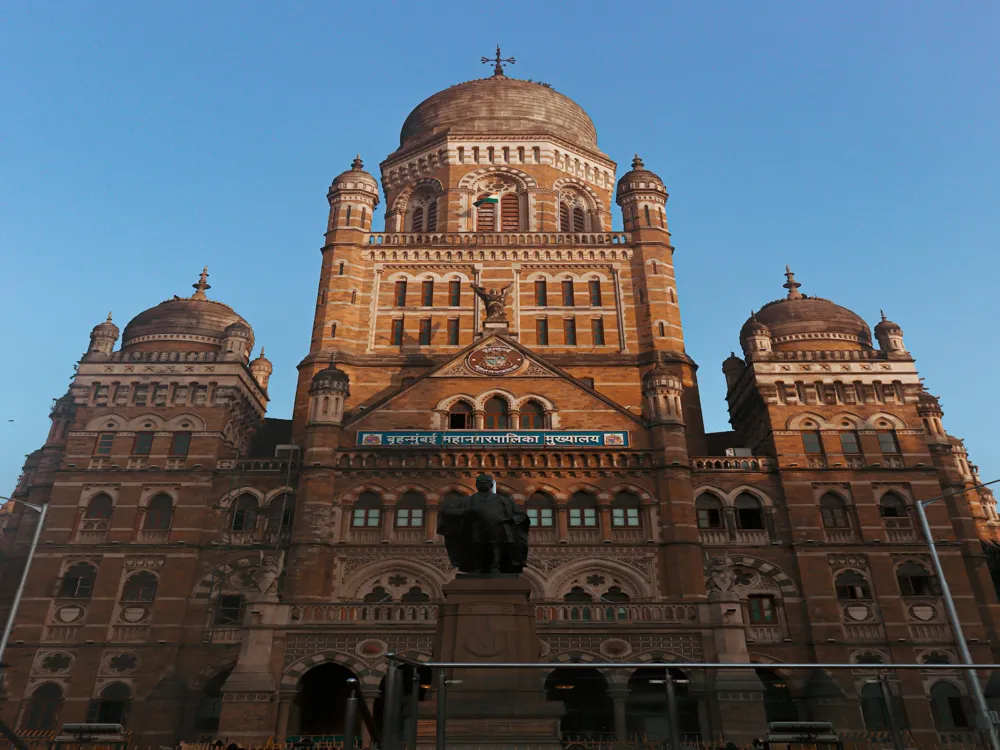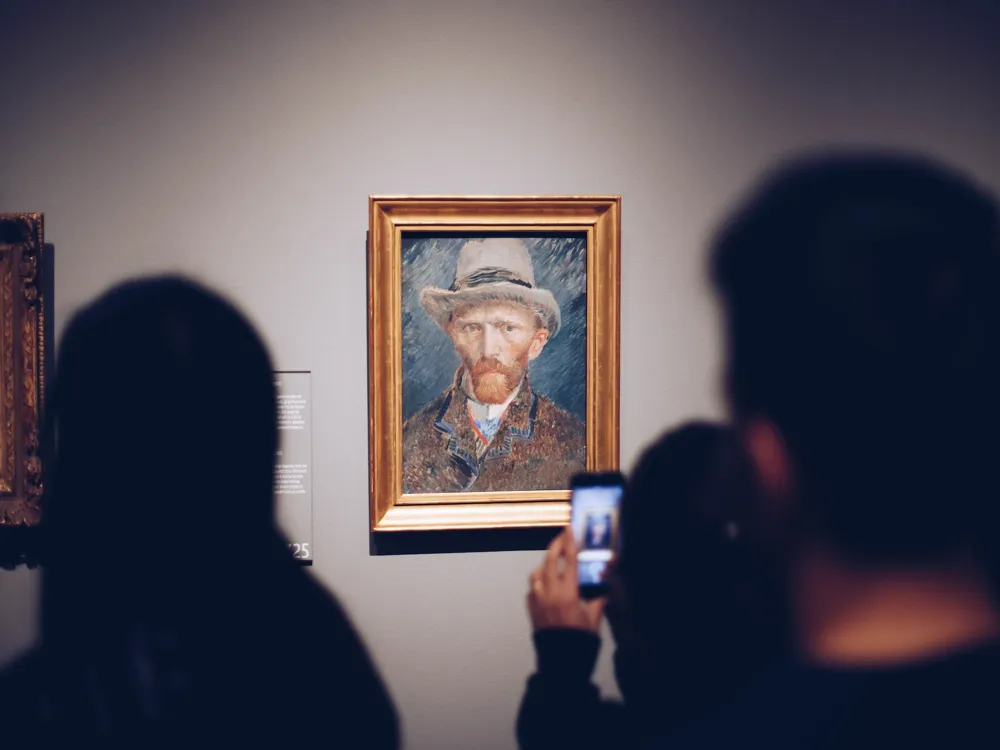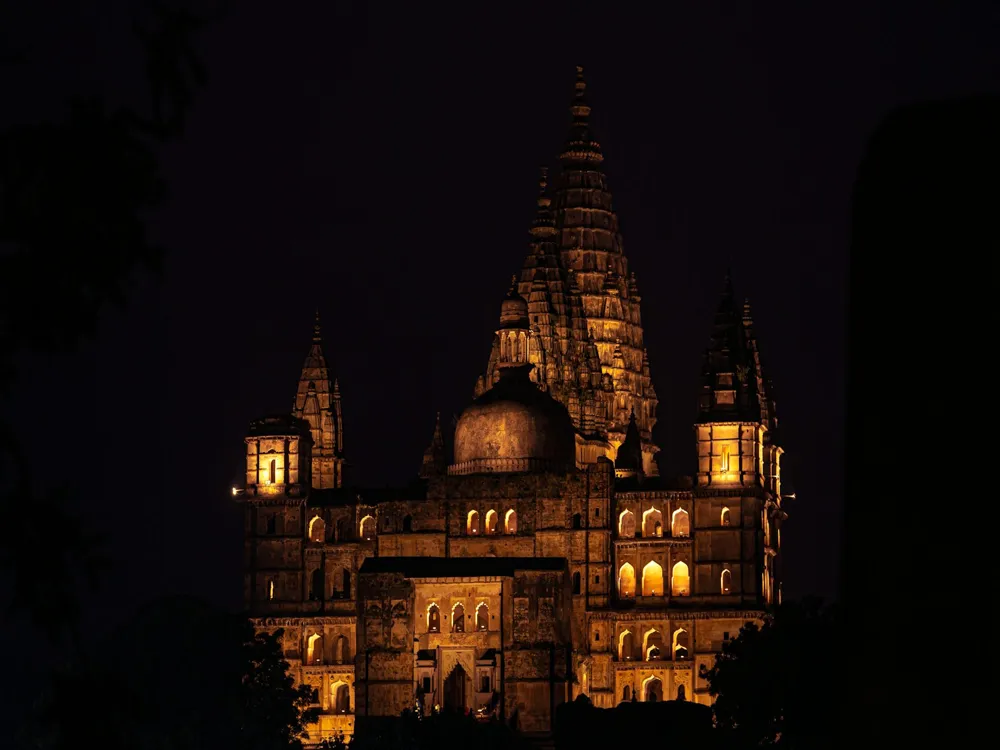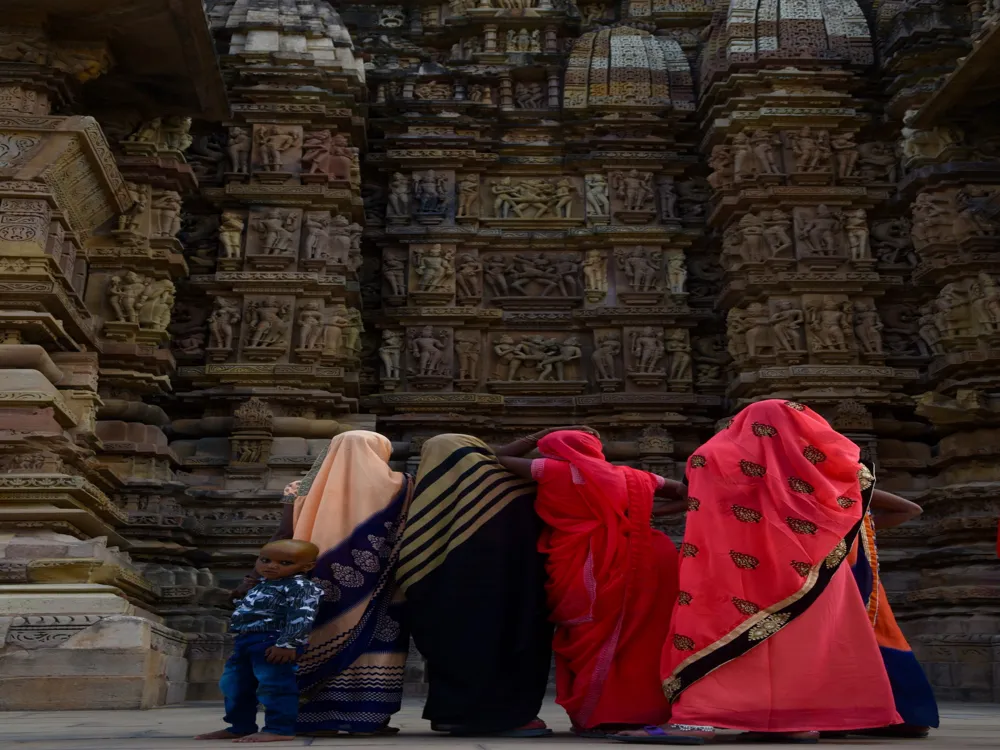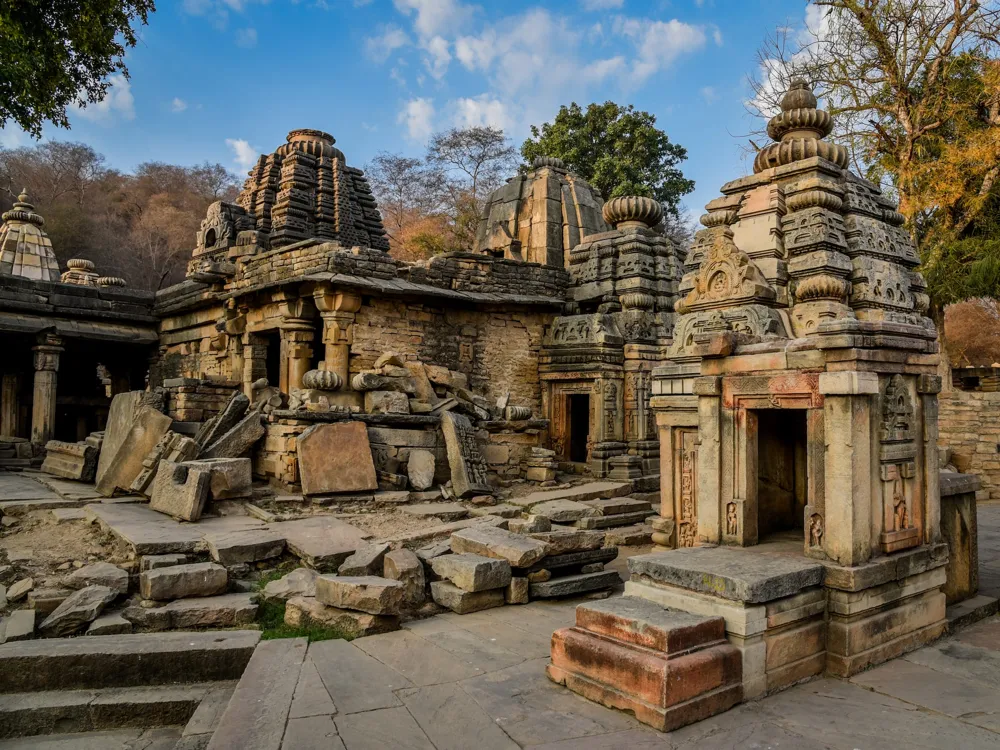The Cenotaph of Raja Gangadhar Rao in Jhansi, Uttar Pradesh, is a monumental tribute to the legacy of Raja Gangadhar Rao, a notable figure in Indian history. Situated in the historic city of Jhansi, known for its pivotal role in the 1857 Rebellion, the cenotaph stands as a symbol of the region's rich cultural and historical heritage. This architectural marvel not only commemorates Raja Gangadhar Rao's reign but also offers insights into the artistic and architectural prowess of the era. Raja Gangadhar Rao, the Maharaja of Jhansi, was a benevolent ruler known for his administrative skills and patronage of the arts. His rule marked a period of prosperity and cultural efflorescence in Jhansi. The cenotaph, constructed after his demise, serves as a testament to his impactful leadership and enduring legacy. It is a site of historical significance, attracting scholars, historians, and tourists alike, keen to delve into the rich tapestry of Jhansi's past. The architecture of the Cenotaph of Raja Gangadhar Rao is a splendid example of the fusion of Indian and colonial styles, reflecting the diverse cultural influences of the 19th century. The structure is characterized by its intricate carvings, ornate facades, and the harmonious blend of indigenous architectural elements with European motifs. This amalgamation results in a unique aesthetic that is both grand and eloquent, a true reflection of the era's eclectic tastes. The cenotaph's design features a central dome, surrounded by smaller domes and spires, each meticulously crafted. The use of local sandstone in construction lends the structure an earthy hue, while the detailed sculptures and bas-reliefs depict scenes from Hindu mythology, adding layers of symbolic meaning to the edifice. The cenotaph's layout, with its open courtyards and tranquil gardens, creates a serene environment, inviting contemplation and reflection. The ideal time to visit the Cenotaph of Raja Gangadhar Rao is between October and March, when the weather in Jhansi is pleasant, avoiding the extreme temperatures of summer and the monsoon season. Visitors are encouraged to maintain the sanctity of the cenotaph by dressing modestly and refraining from loud noises. Photography might be restricted in certain areas; it's advisable to check with the site authorities beforehand. Opting for a guided tour can enrich your visit, offering deeper insights into the cenotaph's history, architecture, and cultural significance. Jhansi is well-connected by road, rail, and air. The nearest airport is Gwalior Airport, about 103 km from Jhansi. Regular trains and buses connect Jhansi with major cities in India. Read MoreOverview of Cenotaph of Raja Gangadhar Rao, Jhansi, Uttar Pradesh
Architecture of Cenotaph of Raja Gangadhar Rao
Tips When Visiting the Cenotaph of Raja Gangadhar Rao
Best Time to Visit
Respecting the Site
Guided Tours
How to Reach the Cenotaph of Raja Gangadhar Rao
Cenotaph of Raja Gangadhar Rao
Jhansi
Uttar Pradesh
NaN onwards
View jhansi Packages
Weather :
Tags : Historical Site
Timings : 9:00 AM to 6:00 PM
Time Required : 1 hour
Entry Fee : INR 200
Planning a Trip? Ask Your Question
Jhansi Travel Packages
View All Packages For Jhansi
Top Hotel Collections for Jhansi

Private Pool

Luxury Hotels

5-Star Hotels

Pet Friendly
Top Hotels Near Jhansi
Other Top Ranking Places In Jhansi
View All Places To Visit In jhansi
View jhansi Packages
Weather :
Tags : Historical Site
Timings : 9:00 AM to 6:00 PM
Time Required : 1 hour
Entry Fee : INR 200
Planning a Trip? Ask Your Question
Jhansi Travel Packages
View All Packages For Jhansi
Top Hotel Collections for Jhansi

Private Pool

Luxury Hotels

5-Star Hotels

Pet Friendly







